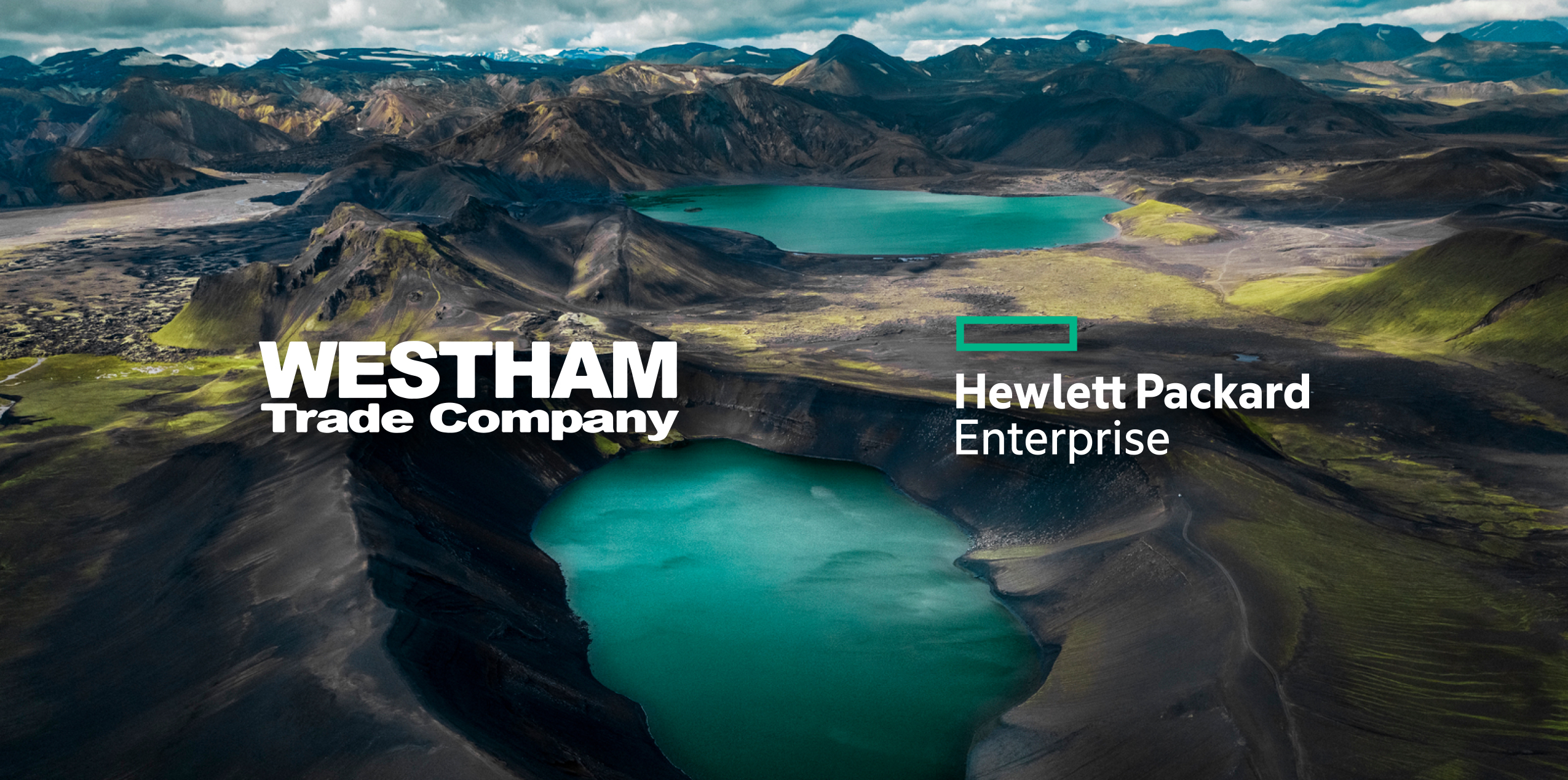Edge, data center, and cloud: How to harness all your data, regardless of location

As digital transformation projects reach their endgame, enterprises are increasingly shifting focus from simple migration to more nuanced data-first modernization. As part of that, the idea that every endeavor needs to be 100% cloud-based is rapidly changing, with organizations swinging workloads back to on-premises operations when warranted.
Research from IDC shows that on-premises, non-cloud workloads are on the rise, growing from 29% of total workloads in February 2021 to 35% of that number only six months later. The takeaway: Enterprises are now searching for an “optimal balance of workload distribution,” with migration off the public cloud the primary shift.


Sure enough, about 70% of companies’ applications and data remain firmly on the ground—on-premises, sitting in enterprise data centers. In other words, the vast majority of data is not in the cloud, no matter what each company’s strategy dictates, which is creating a constant tension between the imagined need for full migration and the fact that some things might be better left on-premises.
“The lighter apps have moved to the cloud. Web, email—those are perfect for the public cloud because they are well understood and have a different set of security requirements.”
– Keith White, Senior Vice President and General Manager for HPE GreenLake cloud services commercial business

“But what about medical records for hospitals? Electronic medical records is a huge investment made by hospitals and healthcare systems, and many organizations require the data to stay in a private, highly secure, on-premises facility. Because of that, most organizations host IT data both on-premises and in the cloud.”
The good news is that this tension is increasingly unnecessary, because there’s a new way to manage data that allows companies to achieve the benefits of the cloud regardless of where their apps and data live. In other words, now you can choose not to choose.

What is edge-to-cloud tech?
With many companies stuck a fraction of the way to full cloud migration, it’s clear that the typical data management binary—using cloud services versus maintaining on-premises data centers—leaves a demand for those who want to benefit from aspects of both. Enter the edge-to-cloud platform, a new kind of cloud experience that combines the advantages of cloud, edge, and local data centers, creating a kind of cloud that comes to you.
To be more specific, edge-to-cloud platforms give you nearby data infrastructure that offers both the security and cost management of on-premises plus the major advantages of the cloud: a self-service interface, the ability to pay only for what you use, and third-party management that eliminates the ownership burden.
“I can’t afford to go to the cloud for everything I do. I need something closer by,” says Adam Drobot, a veteran technologist and chair of OpenTechWorks. “If it’s closer, the question then is, is this something I want to own or do I want a vendor who provides this to me as infrastructure I can use?”
There’s a fast-growing ecosystem of alternatives, with the HPE GreenLake edge-to-cloud platform pioneering in this area. With these solutions and services, companies can choose to keep some of their applications and data in the public cloud and maintain others at the edge using infrastructure they don’t need to own or maintain.
“There’s a natural hierarchy of applications,” explains Drobot, referring to the way companies can benefit from combining cloud and edge in a single data management system. “One way of structuring it is to ask, ‘What’s the time scale I have to perform this? And what’s my risk of performing it in this place vs. that place? Do I compute and then send information, or do I send information and then compute?’ It’s a simple engineering trade-off, and for many things, common sense means doing stuff close to the place where you need it.”
Considerations that encourage an edge-to-cloud strategy
A number of considerations should inform your decision about where to keep applications and data. Here are a few things companies should think about when contemplating the question of cloud vs. owned data centers vs. the edge:
Data gravity: Data gravity—that is, the “weight” of data is a major factor in encouraging use of an edge-to-cloud strategy. “Some of these datasets are gigantic,” says White. “Imagine a whole hospital system, when one MRI is 30 gigabytes. That’s Jupiter-size gravity. It’s costly and time consuming to move that much stuff into the cloud. And once you put it in, you aren’t getting it out.”
Control: Functions that need a lot of control will be better off operating from a nearby data center. For instance, a manufacturing plant running robotic devices will do best being run via software on an edge device. The plant can’t risk shutting down if it isn’t able to access its software in the cloud for some reason, so local control is essential.
Data security: Security is a major issue for data management. It’s possible to secure data in the cloud, but it’s a lot more complicated and procedural than doing it on on-premises infrastructure. This consideration is particularly important for organizations that deal with sensitive client or patient information, such as banks and healthcare institutions. In some cases, regulations make it necessary for companies to use on-premises solutions.
Cost: Like standard cloud environments, edge-to-cloud platforms allow you to pay only for the data storage and processing that you use. That’s an advantage of edge devices over fully owned local data centers, which works the same way. Also, lock-in is a real problem: Once an enterprise migrates an application to the cloud, it can be extremely costly to move it back to a data center environment. Ada Gavrilovska, associate professor in the School of Computer Science at the Georgia Institute of Technology, notes that when making a migration, “not all that data is necessary. The rule of thumb is that a tenth of it is useful.” Cutting the amount of data you decide to move to the cloud can cut costs accordingly.
Fewer operational headaches: When you don’t have to manage the day-to-day operations of your data center, your staff is freed up to do more strategic and innovative work. This is a major selling point of the cloud, but it’s also a major advantage of edge-to-cloud solutions, in which your local data infrastructure is set up and maintained by a third party. “If you’re an IT team, that’s game changing,” says White. “I don’t have to have all these people keeping the dials running. My IT guys can work on stuff for my business.”
Refactoring: Not every application is built to run on the cloud, which means that for some, you have to separate the data from the application—a process called refactoring—to make it function in the cloud if you decide to move it there. It can, therefore, be advantageous to move only cloud-native applications to the cloud while maintaining the rest on edge devices.
What’s next?
Edge-to-cloud platforms are here to stay and likely to play an increasing role in enterprise data management in coming years. “I predict incredible growth in this area over the next two to three decades,” says Drobot. “Overall, what’s being delivered is so powerful that it really helps.”
An edge-to-cloud platform incorporates many of the factors that have made the cloud experience so popular: ease of use, the ability to scale up and down instantly, a pay-as-you-go arrangement, and third-party management. But like traditional on-premises data management, it also provides the option for local control, enhanced security, and heavy-duty computing power.
“The myth of today is that it’s a binary equation: We either leave it alone or we move it to the public cloud,” says White. “We say there’s a third choice: You can choose not to choose. You can stay and go.”
